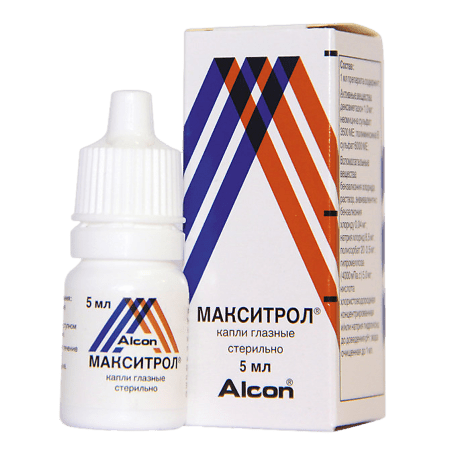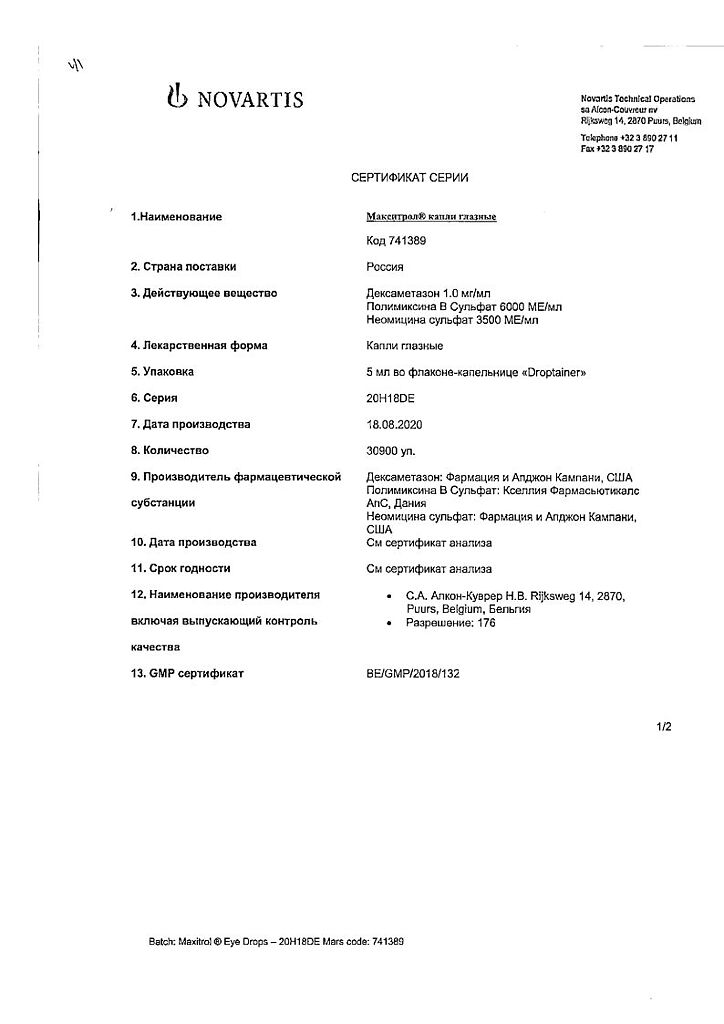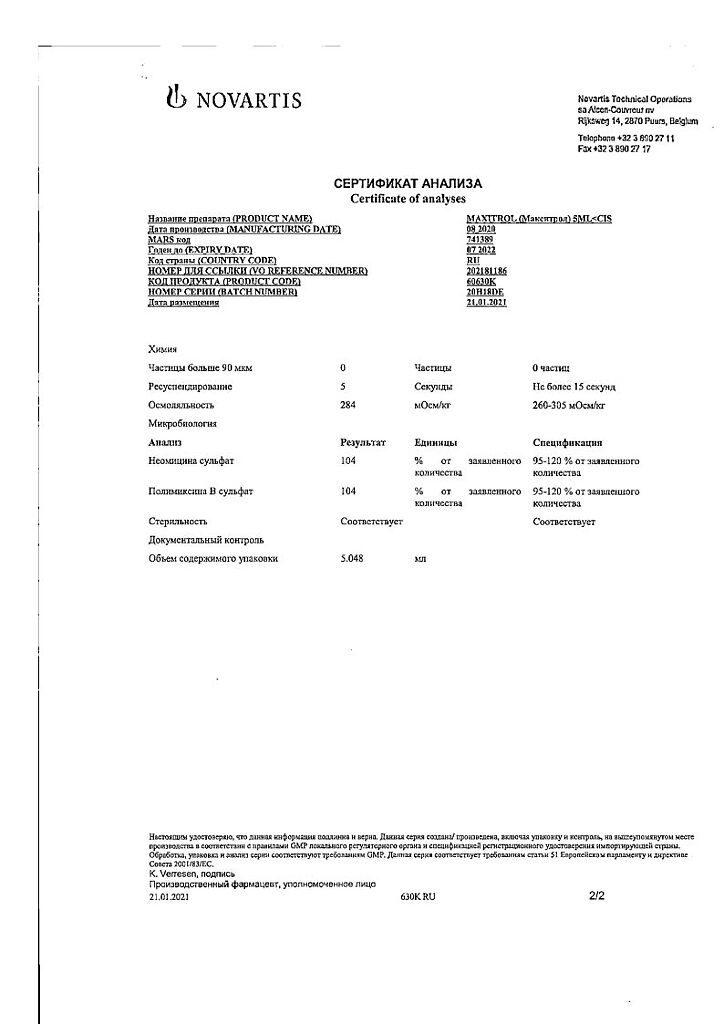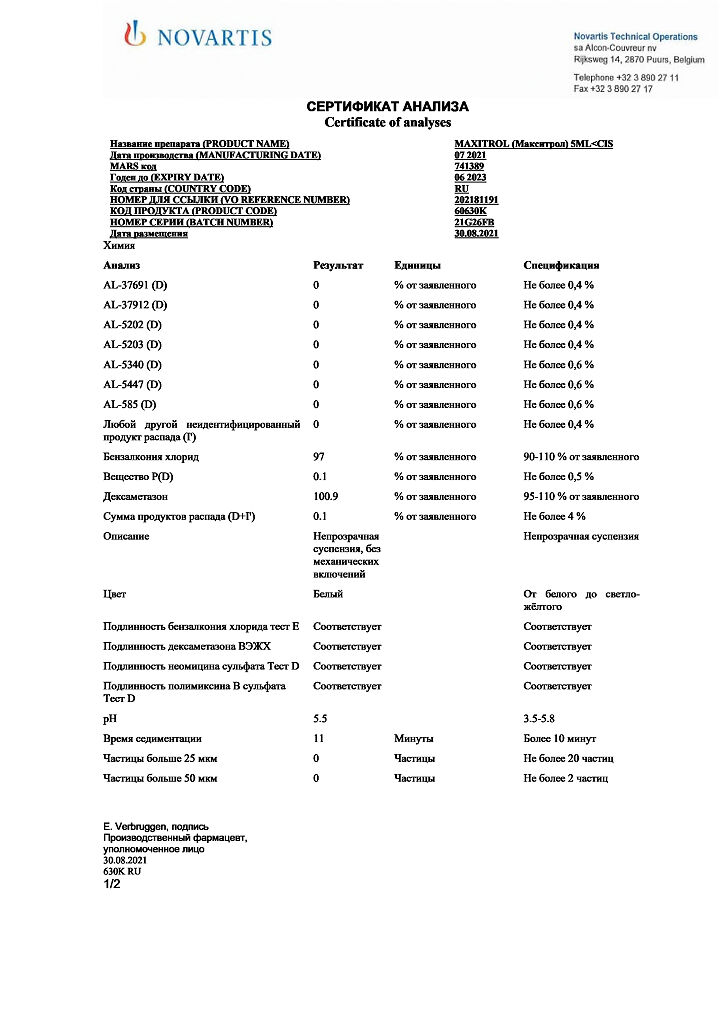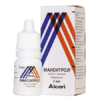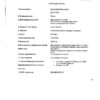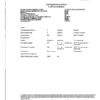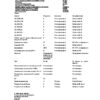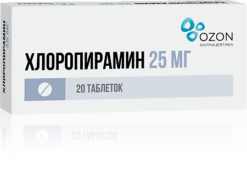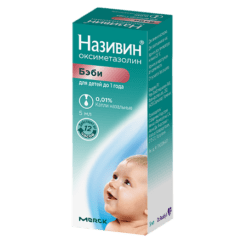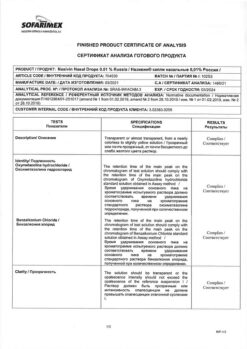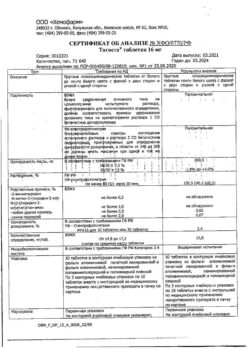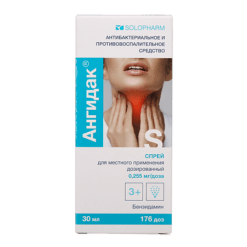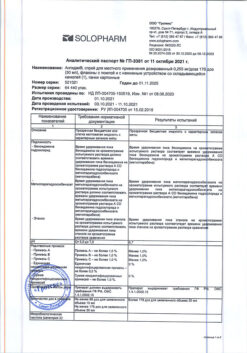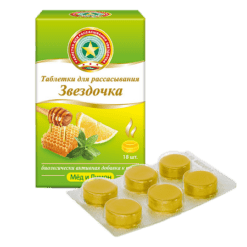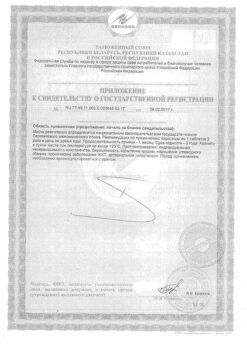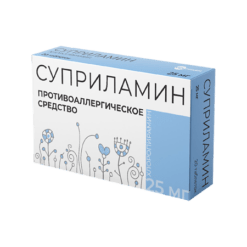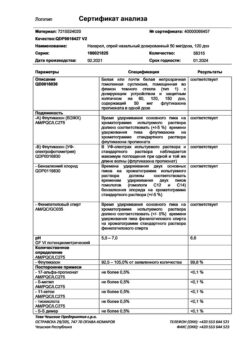No products in the cart.
Maxitrol, eye drops 5 ml
€20.48 €17.07
Description
Maxitrol – antibacterial topical, anti-inflammatory topical.
Pharmacodynamics
Neomycin – has a bactericidal effect by disrupting protein synthesis in the microbial cell. It is active against Staphylococcus aureus, Corynebacterium diphtheriae, Streptococcus viridans, Escherichia coli, Clersella pneumoniae, Proteus vulgaris, Aerobacter aerogenes, Haemophilus influenzae. Little effective against streptococci as well. It is not effective against pathogenic fungi, viruses, anaerobic flora. Microorganisms develop resistance to neomycin slowly and to a small extent.
Polymyxin B. Mechanism of action is caused mainly by blockade of cytoplasmic membrane permeability of bacterial cells. It is active against P. aeruginosa, Aerobacter aerogenes, Escherichia coli, Kiersella pneumoniae, Koch-Weeks bacillus.
Dexamethasone is a GCS. It has anti-inflammatory, anti-allergic and desensitizing effects. It has an anti-exudative effect. Dexamethasone effectively suppresses inflammatory processes.
The combination of dexamethasone with antibiotics reduces the risk of developing an infectious process.
Pharmacokinetics
When used topically, systemic absorption is low.
Indications
Indications
Infections of the eyes and its appendages:
blepharitis,
conjunctivitis;
keratoconjunctivitis;
keratitis;
iridocyclitis;
prevention of postoperative inflammation of the anterior part of the eye.
Pharmacological effect
Pharmacological effect
Maxitrol – local antibacterial, local anti-inflammatory.
Pharmacodynamics
Neomycin – has a bactericidal effect, disrupting protein synthesis in the microbial cell. Active against Staphylococcus aureus, Corynebacterium diphtheriae, Streptococcus viridans, Escherichia coli, Klersiella pneumoniae, Proteus vulgaris, Aerobacter aerogenes, Haemophilus influenzae. Not very effective against streptococci. Does not affect pathogenic fungi, viruses, anaerobic flora. Resistance of microorganisms to neomycin develops slowly and to a small extent.
Polymyxin B. The mechanism of action is mainly due to the blockade of the permeability of the cytoplasmic membrane of bacterial cells. Active against P. aeruginosa, Aerobacter aerogenes, Escherichia coli, Klersiella pneumoniae, Koch-Weeks bacillus.
Dexamethasone – GCS. It has anti-inflammatory, antiallergic and desensitizing effects. Has an antiexudative effect. Dexamethasone effectively suppresses inflammatory processes.
The combination of dexamethasone with antibiotics can reduce the risk of developing an infectious process.
Pharmacokinetics
When applied topically, systemic absorption is low.
Special instructions
Special instructions
The bottle must be closed after each use.
Active ingredient
Active ingredient
Dexamethasone, Neomycin, Polymyxin B
Composition
Composition
Active ingredients:
neomycin sulfate 3500 units;
polymyxin B sulfate 6000 units;
dexamethasone 1 mg;
Excipients:
hydroxypropyl methylcellulose – 0.5%,
polysorbate 20;
neutral additives;
distilled water;
Preservative:
benzalkonium chloride – 0.004%.
Pregnancy
Pregnancy
There is no sufficient experience with the use of the drug during pregnancy and breastfeeding.
It can be used for the treatment of pregnant women as prescribed by the attending physician, if the expected therapeutic effect exceeds the risk of developing possible side effects. The use of the drug should be interrupted during breastfeeding.
Use in children
The safety and effectiveness of the drug for children have not been established.
Contraindications
Contraindications
individual hypersensitivity to any of the components of this drug;
viral eye diseases (including keratitis caused by herpes simplex, chicken pox);
mycobacterial eye infection;
tuberculous eye diseases;
acute herpes zoster;
fungal eye diseases;
condition after removal of a corneal foreign body;
purulent infection of the mucous membrane of the eye and eyelids caused by neomycin-resistant microorganisms, purulent corneal ulcer.
Prescribe with caution for glaucoma and cataracts.
Side Effects
Side Effects
Local. An allergic reaction, accompanied by itching and swelling of the eyelids, as well as redness of the conjunctiva. Side effects caused by the steroid component: increased intraocular pressure with the possible subsequent development of glaucoma, damage to the optic nerve and visual fields (when using the drug for more than 10 days, monitoring of intraocular pressure is necessary); posterior subcapsular cataract, slowing of the wound healing process. Topical use of steroids for diseases that cause thinning of the cornea or sclera can lead to their perforation.
Secondary infection
The development of secondary infection is observed after the use of combination drugs containing glucocorticosteroids in combination with antibiotics. With long-term use of steroids, fungal infections of the cornea may develop. The appearance of non-healing ulcers on the cornea after long-term treatment with steroid drugs may indicate the development of fungal invasion. Secondary bacterial infection can occur as a result of suppression of the patient’s protective reaction.
Interaction
Interaction
When used with other local ophthalmic drugs, the interval between their use should be at least 10 minutes.
Interaction with other drugs is currently unknown.
Storage conditions
Storage conditions
At a temperature of 8–30 °C. (vertical)
Shelf life
Shelf life
2 years
Manufacturer
Manufacturer
Alcon-Couvreur, Belgium
Additional information
| Shelf life | 2 years |
|---|---|
| Conditions of storage | At a temperature of 8-30 °C. (in upright position) |
| Manufacturer | Alcon-Couvreur, Belgium |
| Medication form | eye drops |
| Brand | Alcon-Couvreur |
Related products
Buy Maxitrol, eye drops 5 ml with delivery to USA, UK, Europe and over 120 other countries.

